By Film Noir Blonde and Mike Wilmington
The Film Noir File is FNB’s guide to classic film noir, neo-noir and pre-noir from the schedule of Turner Classic Movies (TCM), which broadcasts them uncut and uninterrupted. The times are Eastern Standard and (Pacific Standard).
Pick of the Week: John Garfield Day is Tuesday, March 4
A film noir feast: Nine movies with one of the great film noir stars, John Garfield – a quintessential New York City actor and Warner Brothers tough guy, whose movies and roles were full of nerve, chutzpah and street smarts, and who was born in the city, a.k.a. Jacob Julius Garfinkle. The Garfield noirs or semi-noirs shown that day are “Dust be my Destiny” (1939), “They Made Me a Criminal” (1939), “East of the River” (1940), “Out of the Fog” (1941), “The Sea Wolf” (1941), “Dangerously They Live” (1942) and (the best of the bunch) “The Breaking Point” (1950). Also showing that day: two interesting Garfield non-noirs “Four Wives” (1939) and “Flowing Gold” (1940).
Mark your calendar for this special day for film noir fans, and for all cinema-lovers – a day devoted to a classic movie hero and anti-hero in black-and-white, to the guy they called “Julie,” who lived passionately on screen and who died at 39, one of the tragic victims, many feel, of the ’50s Black List.
Friday, Feb. 28
 8 p.m. (5 p.m.): “Casablanca” (1942, Michael Curtiz). With Humphrey Bogart, Ingrid Bergman, Paul Henreid, Sydney Greenstreet and Peter Lorre. Reviewed in FNB on Aug. 25, 2012. Also, TCM is bringing “Casablanca” to theaters for free screenings in 20 select cities on Tuesday, March 4.
8 p.m. (5 p.m.): “Casablanca” (1942, Michael Curtiz). With Humphrey Bogart, Ingrid Bergman, Paul Henreid, Sydney Greenstreet and Peter Lorre. Reviewed in FNB on Aug. 25, 2012. Also, TCM is bringing “Casablanca” to theaters for free screenings in 20 select cities on Tuesday, March 4.
Saturday, March 1
12 p.m. (9 a.m.): “On the Waterfront” (1954, Elia Kazan). With Marlon Brando, Eva Marie Saint, Lee J. Cobb, Karl Malden and Rod Steiger. Reviewed in FNB on Feb. 20, 2013.
8 p.m. (5 p.m.): “In the Heat of the Night” (1967, Norman Jewison). With Sidney Poitier, Rod Steiger and Lee Grant. Reviewed in FNB on Jan. 16, 2014.
2 a.m. (11 p.m.): “Bonnie and Clyde” (1967, Arthur Penn). With Warren Beatty, Faye Dunaway, Gene Hackman and Estelle Parsons. Reviewed in FNB on Feb. 4, 2013.
Monday, March 3
6:45 a.m. (3:45 a.m.): “The Informer” (1935, John Ford). With Victor McLaglen, Preston Foster and Heather Angel. Reviewed in FNB on Dec. 12, 2012.
Tuesday, March 4
John Garfield Day: See above. Also: “Casablanca” might be showing for free at your local theater (see above).
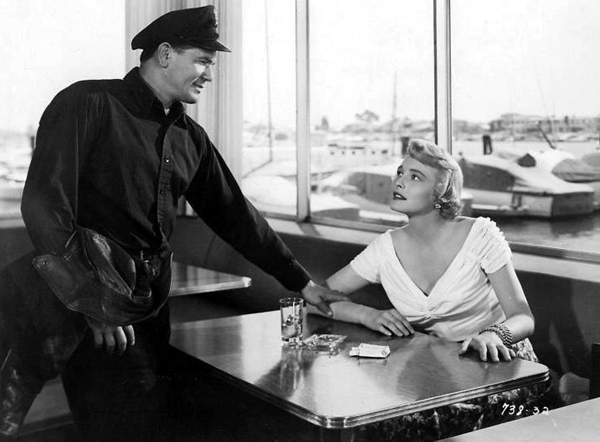





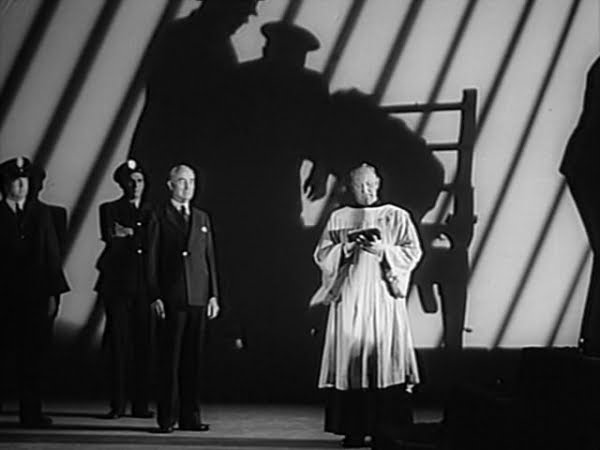
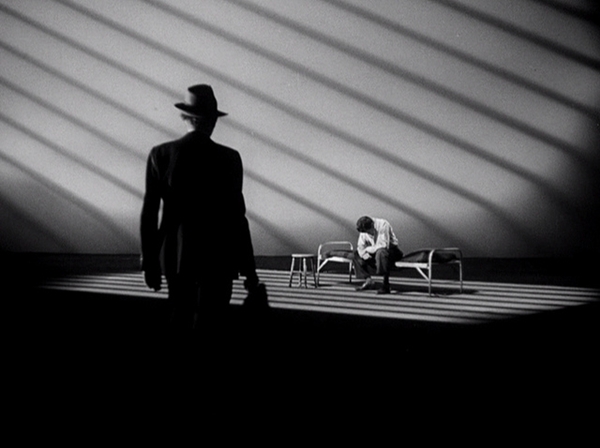
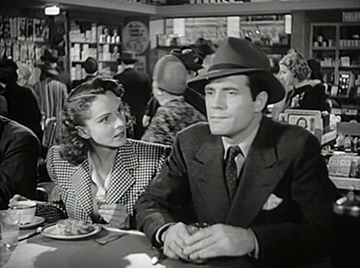
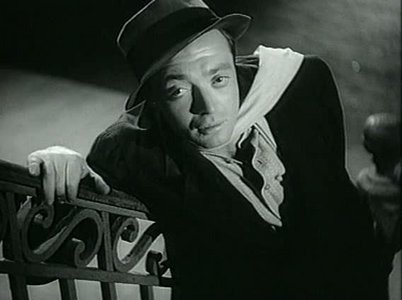
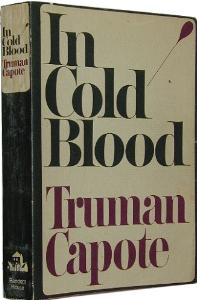
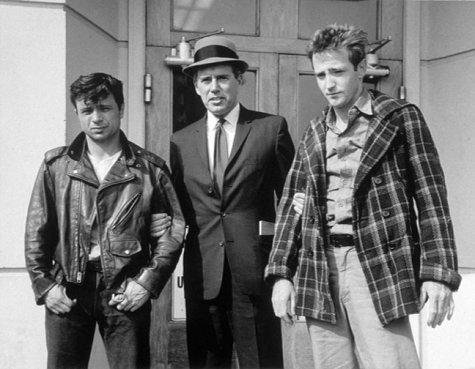
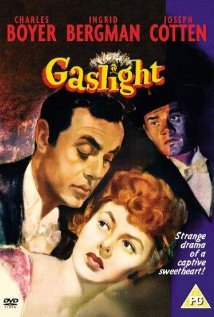
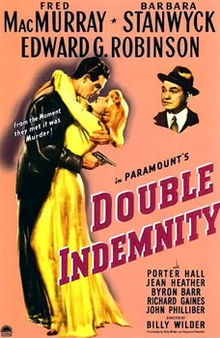
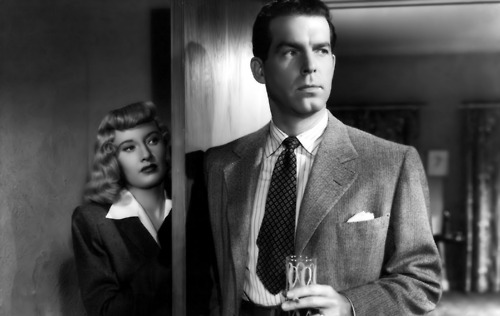
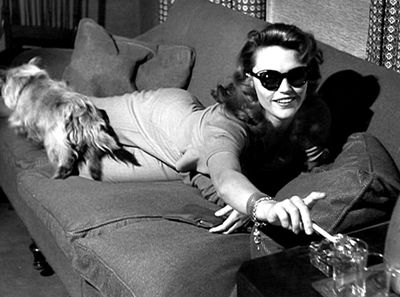
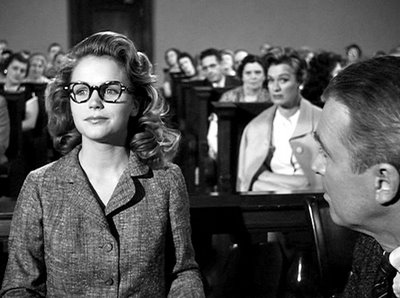
![SMBLA logo[1]](http://www.filmnoirblonde.com/wp-content/uploads/2014/02/SMBLA-logo1.jpg)

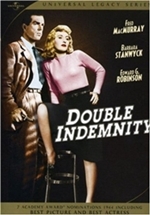
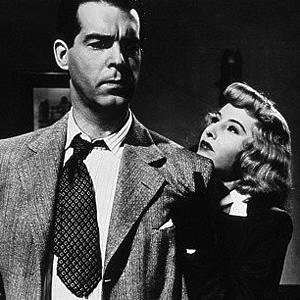
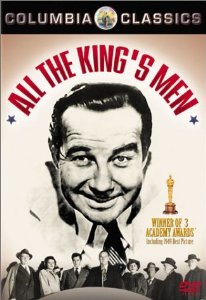
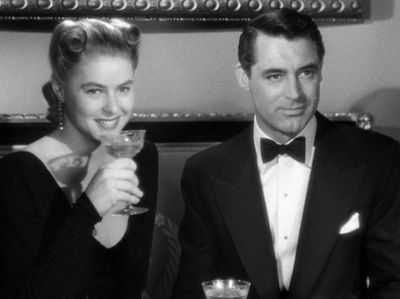
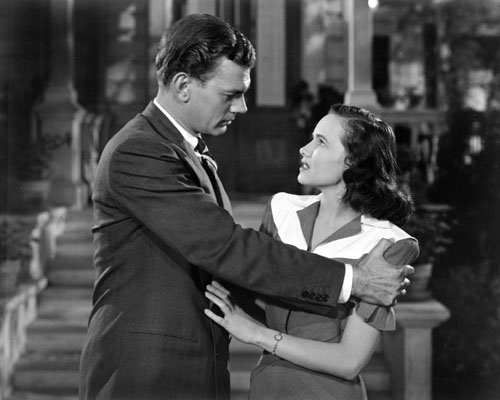
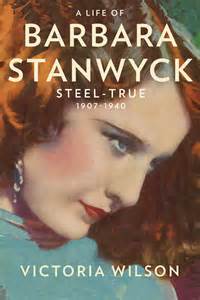





From FNB readers